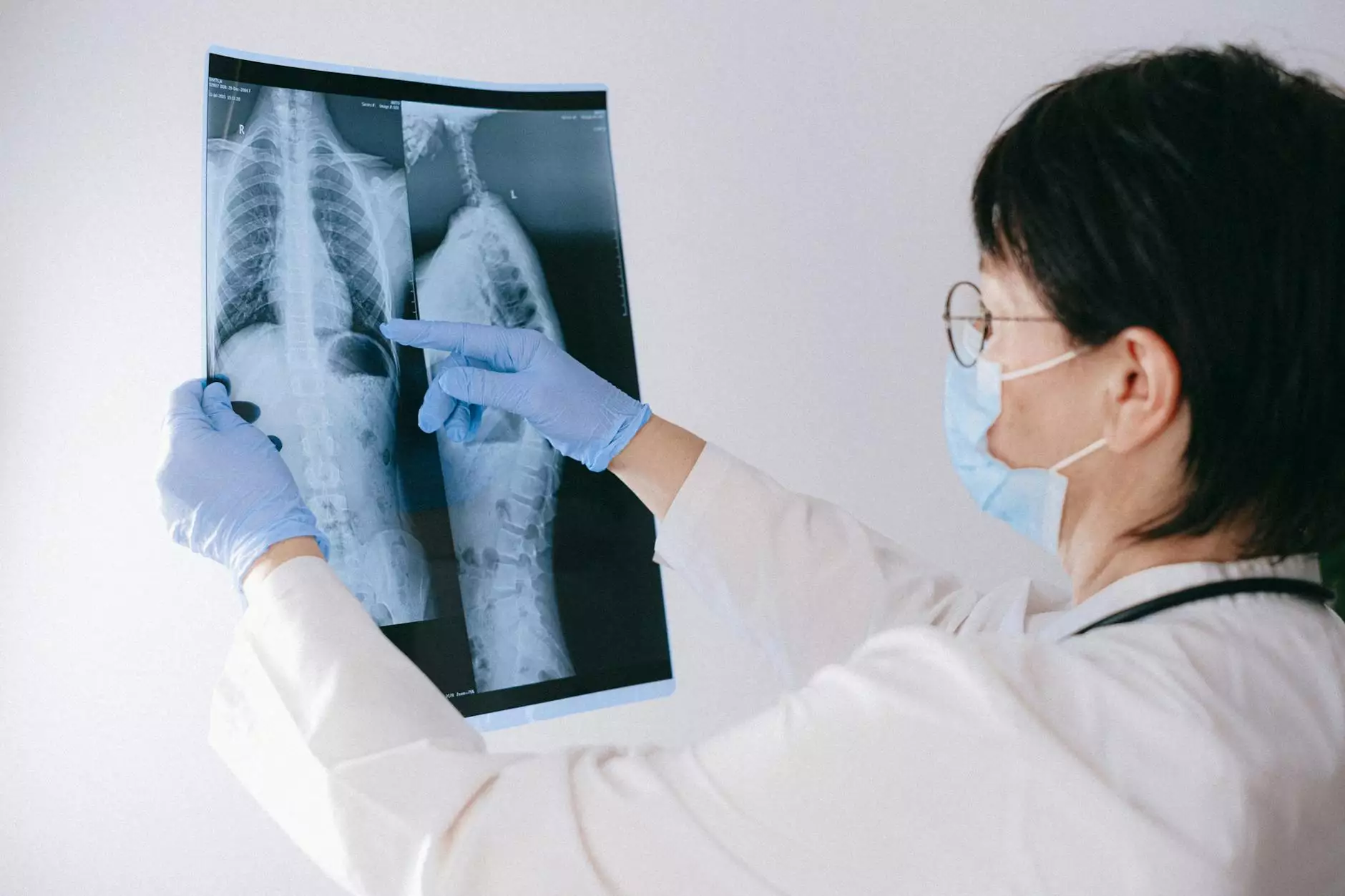Using Contrast Dyes in Fluoroscopy

What is Fluoroscopy?
Fluoroscopy is a medical imaging technique that uses X-rays to obtain real-time moving images of the internal structures and functions of the body. It is commonly employed to visualize the gastrointestinal tract, blood vessels, and certain organs such as the lungs and kidneys.
The Role of Contrast Dyes
Contrast dyes, also known as contrast agents or contrast media, play a crucial role in enhancing the visibility of specific areas or structures during fluoroscopic procedures. These dyes are substances that are introduced into the body to highlight certain anatomical or physiological features that might not be easily identifiable on X-ray images alone.
Types of Contrast Dyes
There are different types of contrast dyes used in fluoroscopy, with each designed for specific purposes. Some common types include:
- Iodinated Contrast: This type of contrast dye contains iodine, which helps outline blood vessels, urinary tract, and gastrointestinal tract.
- Barium Contrast: Barium sulfate is a contrast agent commonly used to assess the digestive system, such as the esophagus, stomach, and intestines.
- Gadolinium Contrast: Gadolinium-based contrast agents are primarily used for magnetic resonance imaging (MRI) but can be used in certain fluoroscopic procedures as well.
The Benefits of Using Contrast Dyes
The use of contrast dyes in fluoroscopy provides several benefits, including:
- Improved Visualization: Contrast dyes help highlight specific structures and abnormalities, allowing healthcare professionals to make more accurate diagnoses and treatment plans.
- Enhanced Clarity: By enhancing the visibility of blood vessels or organs, contrast dyes can aid in identifying blockages, tumors, or abnormalities in real-time.
- Better Guidance: During procedures such as angiography or catheter placements, contrast dyes assist physicians in guiding catheters and medical instruments to the intended site with precision.
Potential Risks and Considerations
While contrast dyes are generally safe, there are some risks and considerations patients should be aware of:
- Allergic Reactions: In rare cases, some individuals may experience an allergic reaction to the contrast dye, which can range from mild to severe. It is important to inform your healthcare provider if you have any known allergies or previous reactions to contrast agents.
- Kidney Function: Certain contrast dyes, especially iodinated contrast, can place strain on the kidneys. Patients with impaired kidney function should communicate their condition to their healthcare provider for appropriate monitoring and adjustments.
- Pregnancy: Pregnant women should inform their healthcare provider about their pregnancy status before undergoing any fluoroscopic procedure with contrast dyes, as they may pose potential risks to the fetus.
The Procedure
If you are scheduled for a fluoroscopic procedure that involves the use of contrast dyes, here is a general overview of what you can expect:
- Preparation: Your healthcare provider will provide specific instructions regarding dietary restrictions and any necessary fasting prior to the procedure.
- Administration of Contrast Dye: The contrast dye will be administered orally, intravenously, or rectally, depending on the specific procedure requirements and the area being examined.
- Fluoroscopy: You will be positioned on an examination table or device, and the fluoroscopy machine will be used to capture real-time X-ray images while the contrast dye circulates through your body.
- Post-Procedure: Your healthcare provider will provide further instructions on what to expect after the procedure and any necessary post-procedural care.
Conclusion
The utilization of contrast dyes in fluoroscopy has revolutionized the field of medical imaging, allowing for enhanced visualization and improved patient care. At Foley James D MD, we strive to provide the highest quality healthcare services, including fluoroscopic procedures using contrast dyes. Contact us today to learn more or schedule an appointment.




